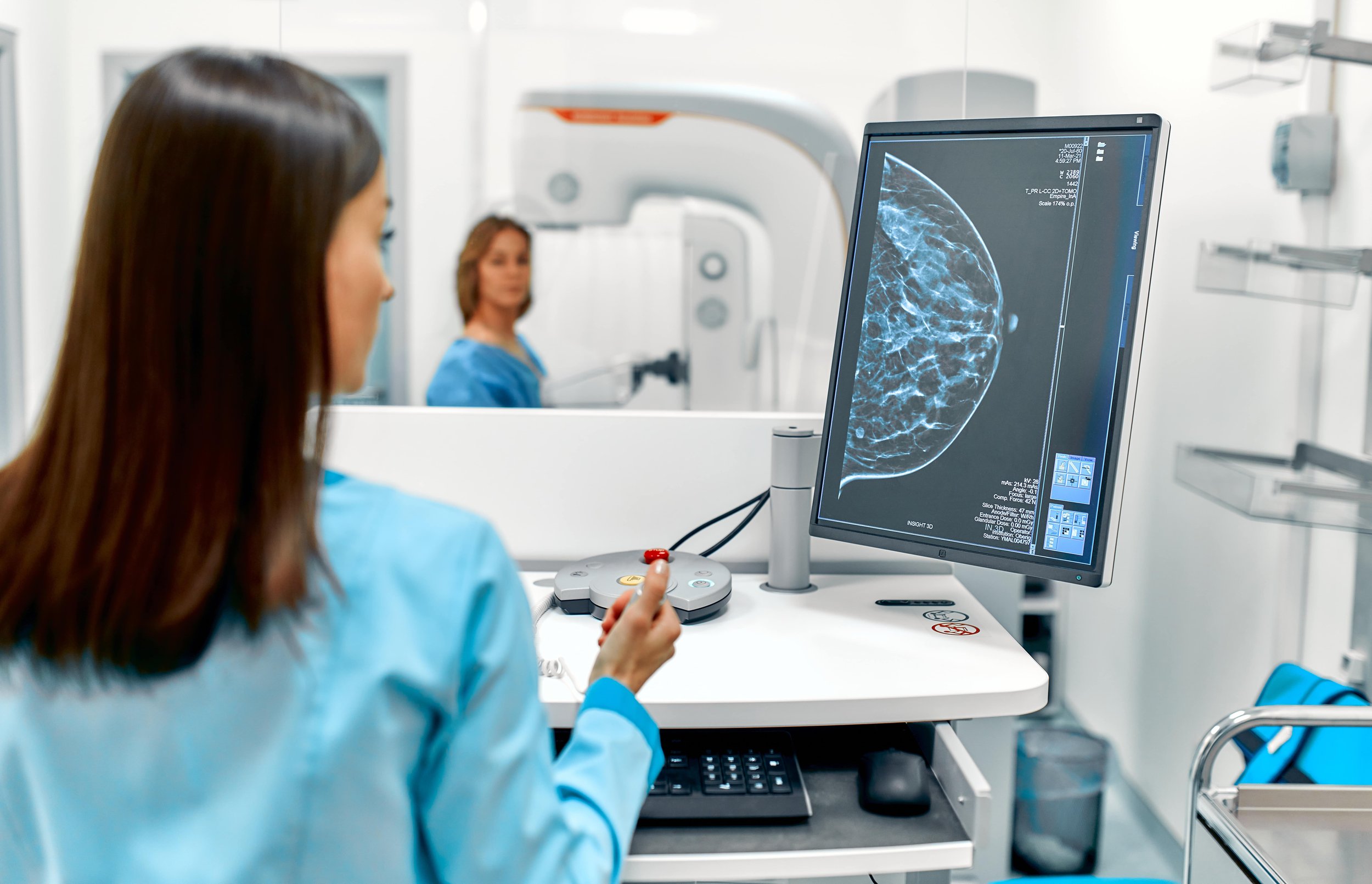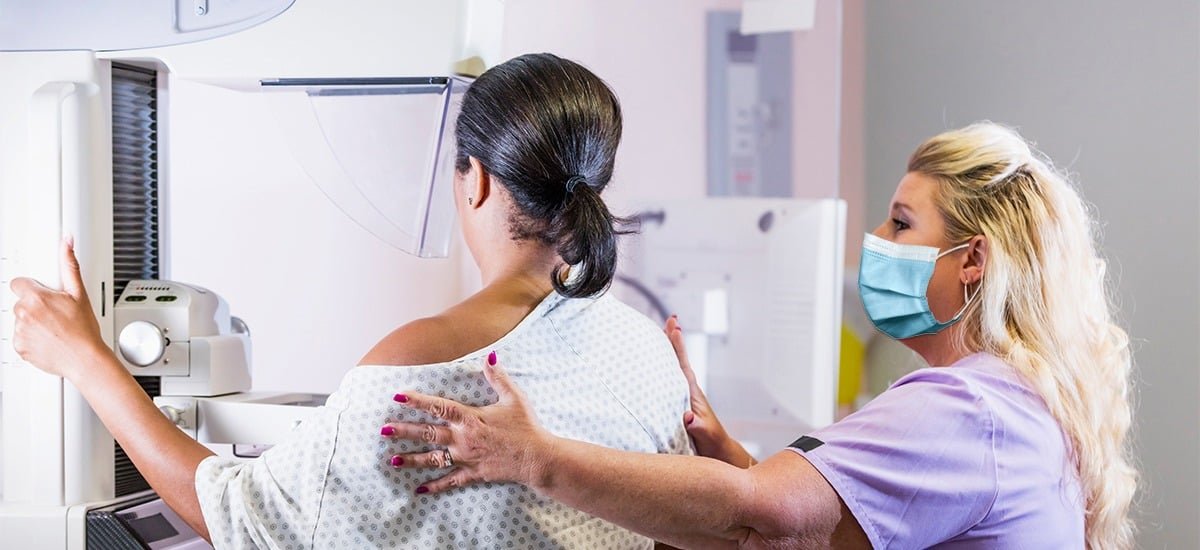
THE BREM BLOG
EXPERT EDUCATION ABOUT EARLY DETECTION, ACCESS TO DIAGNOSTIC TESTS FOR WOMEN IN NEED, AND PHYSICIAN TRAINING.

A Lifesaving Standard: FDA Announces New Breast Density Notification Rule
Statement from the Brem Foundation to Defeat Breast Cancer:
The Brem Foundation to Defeat Breast Cancer welcomed today's announcement from the FDA of a new national requirement for breast density reporting to both patients and referring health providers. We are still reviewing it in its entirety. The rule requires all healthcare providers to notify patients if they have dense breasts and notes that those with dense tissue may require imaging tests in addition to a mammogram, which may help find cancers. The rule will allow for all patients who undergo breast cancer screening to have necessary information about breast density for informed decision-making with her provider about potential essential screening options.

Breaking Down Barriers to Healthcare Access: 1,000 Rides Strong!
There is significant discussion today around access to healthcare, particularly for underserved women – and with good reason. Studies show that access to care is often impeded by social determinants of health - a range of social, economic, political and environmental factors that contribute to an individual’s health conditions and disparities.

A Breast Imager's Perspective on the Impact of COVID-19
The fictional Ms. Smith has gotten her annual screening mammogram every April. Given that her mother, grandmother, and two sisters were diagnosed with breast cancer before 50 and had the BRCA breast cancer gene, she was vigilant about her breast health and never missed an appointment… until 2020.
As the COVID-19 pandemic intensified in March 2020, Ms. Smith was furloughed from her job and lost her mother, who was a nursing home resident. At the end of March, she received a letter in the mail stating that her annual screening mammogram would need to be rescheduled due to the pandemic.

Win for Women in DC
Breast cancer devastated Anne Kalosh’s family. When Anne was a teenager her mom died from breast cancer. Two of her mom’s sisters, Anne’s aunts, also passed away from breast cancer. Anne hoped that she would be spared.

Breast Cancer "Overdiagnosis" is a Dangerous Misnomer
A swath of mainstream media lapped up a study published in the Annals of Medicine. This Danish study claims that there has been widespread “overdiagnosis” of breast cancer. This claim is unfounded and dangerous. The cited study makes three inaccurate and damaging implications.

A Lifesaving Investment: 3-D Mammography
Technology is always evolving—including breast imaging technology.
Think of it like this: I usually upgrade my smart phone every two years, when I renew my contract with AT&T. In return for committing to another two years of service with AT&T, the newest smart phone is available for a discounted price (for example, we will assume it is $400 less and the final cost is $200). The newest smart phone usually weighs less, has more storage space, has longer battery life, and also functions faster than the older smart phone. The “last year” smart phone model is also available as an option. Although still functional, it weighs more, has less storage space, has a shorter battery life, and functions slower. But this phone is $500 less and the final cost is $100.
